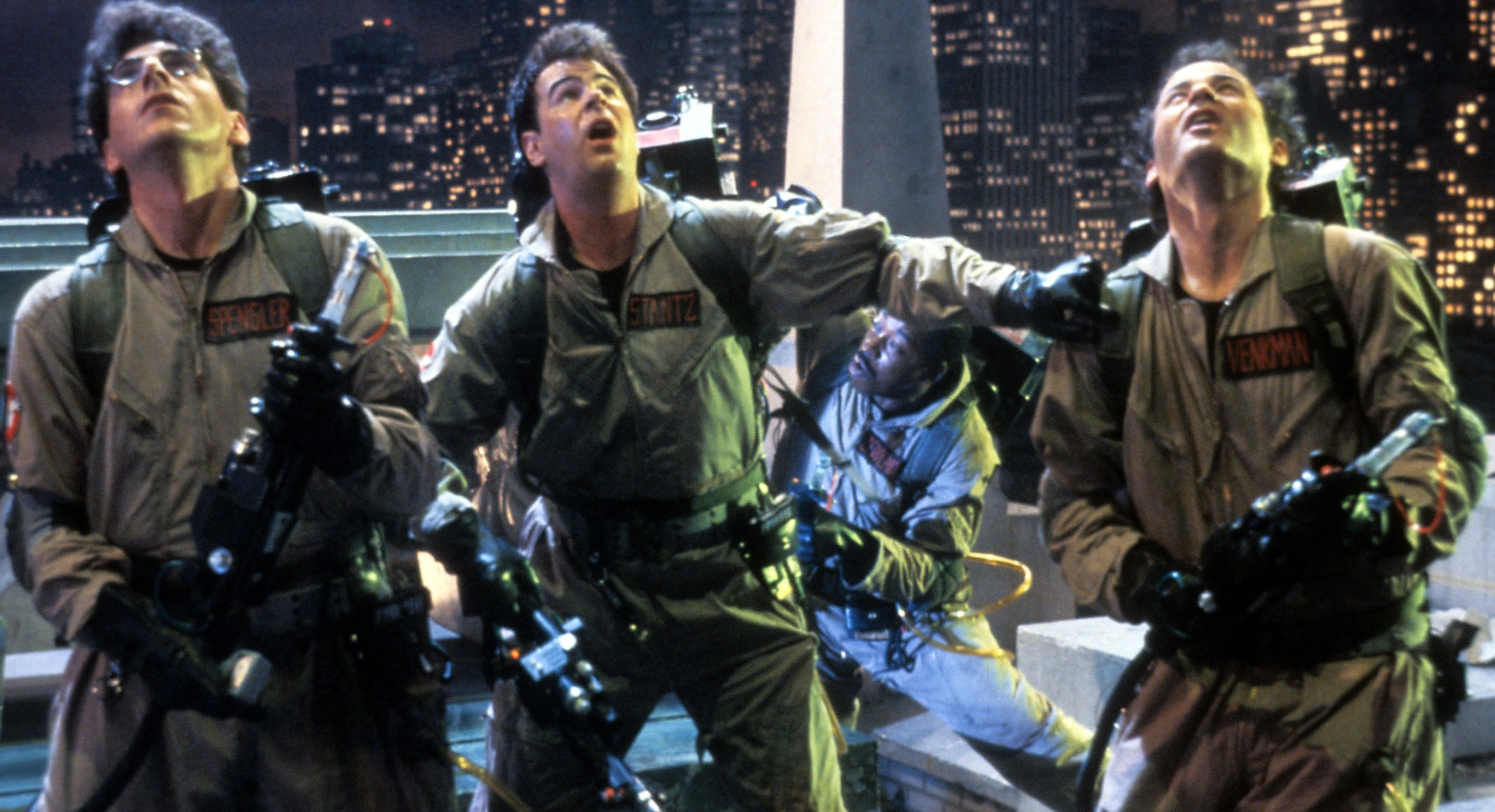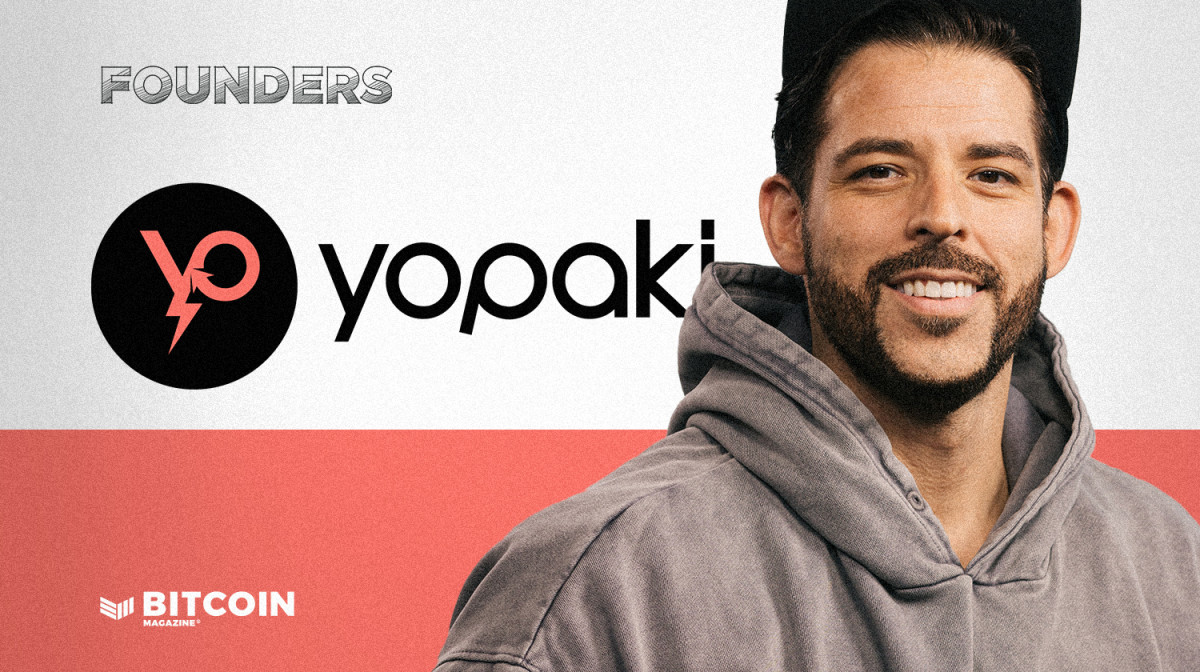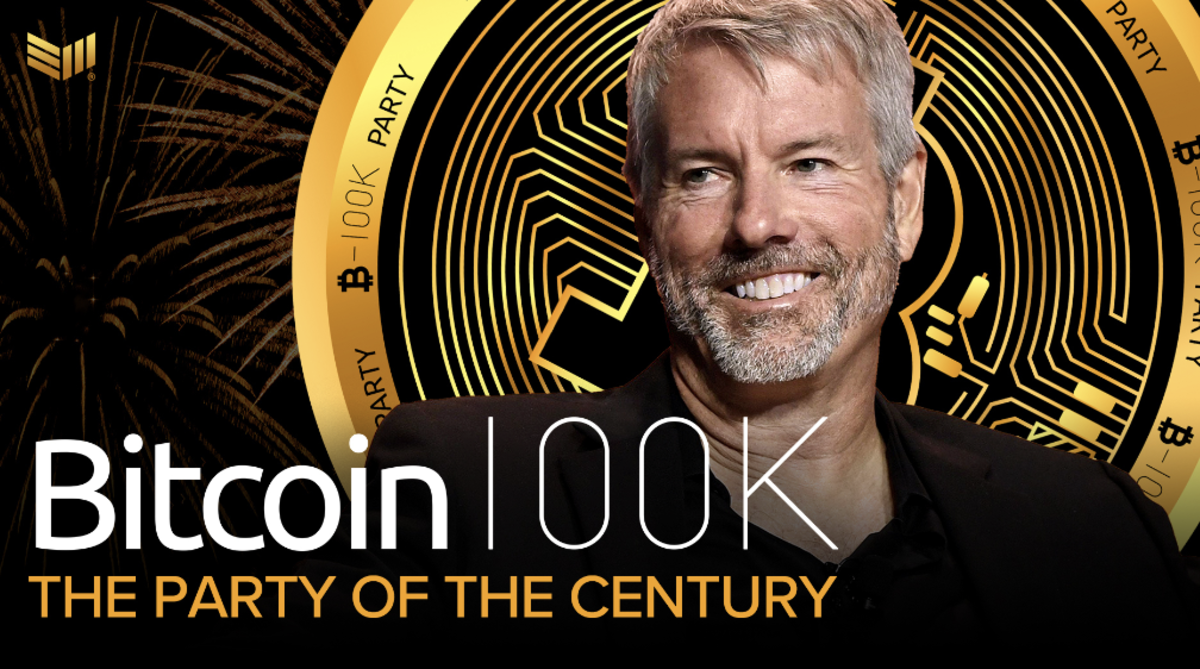Ghostbusters Was Best When It Was Just a Great Comedy and Not a Franchise
Ghostbusters movies stretch credulity, but this is ridiculous. At the start of Ghostbusters II, Ray Stantz (Dan Aykroyd) and Winston Zeddemore (Ernie Hudson) perform for bored kids at a birthday party. It’s only been five years since they blew up the Stay-Puft Marshmallow Man in downtown New York and destroyed Gozer’s portal atop a city […] The post Ghostbusters Was Best When It Was Just a Great Comedy and Not a Franchise appeared first on Den of Geek.

Ghostbusters movies stretch credulity, but this is ridiculous.
At the start of Ghostbusters II, Ray Stantz (Dan Aykroyd) and Winston Zeddemore (Ernie Hudson) perform for bored kids at a birthday party. It’s only been five years since they blew up the Stay-Puft Marshmallow Man in downtown New York and destroyed Gozer’s portal atop a city high rise. And yet, no one remembers the work the boys did to save the city.
In Ghostbusters: Afterlife, the Ghostbusters are completely unknown to Gen Z, even to the grandchildren of Egon Spengler (Harold Ramis), even to a kid so into podcasts that he calls himself Podcast. It’s only been 30 years since the team drove the Statue of Liberty down the center of the city.
Even in this age of fake news and disinformation, the public’s willingness to forget about the events of each previous Ghostbusters movie is a strange occurrence that not even Dan Aykroyd would believe. There would be memes, talking head documentaries, 15-year-olds on TikTok talking about how they just learned that their grandma nearly got blasted with a proton beam when she worked as a hotel maid.
Maybe, the fact that the Ghostbusters sequels and the 2016 remake Ghostbusters: Answer the Call have had to start from scratch each times means that the 1984 hit wasn’t meant to lend itself to a franchise at all. Maybe, it should have just stayed a great standalone comedy, a nostalgic classic we rewatch every couple of years, instead of the franchise we now have with all of the weird baggage that comes with it…
Make It Simple, Make It Funny
Peter Venkman (Bill Murray), Spengler, and Stantz step into an elevator early in Ghostbusters. Reitman’s camera holds in position, staring at the trio, an odd combination of schlubby nerds, blue-collar work wear, and high-tech equipment.
“I just realized something,” Stantz begins. “We’ve never had a completely successful test with any of the equipment.”
“I blame myself,” says Spengler.
“So do I,” says Venkman.
“No sense in worrying about it now,” Stanz continues, trying to look resolute. But Venkman refuses to give him relief. “Why worry,” he mocks. “Each one of us is wearing an unlicensed nuclear accelerator on our backs.”
Great as the banter is, the pay off comes when Spengler turns on Stantz’s proton pack. A mechanical shriek issues from the machine and Aykroyd shifts his look of resolution to one of helplessness. Without a word, Spengler and Venkman back away to a nearby corner.
That one sequence captures the power and appeal of Ghostbusters. It’s not just three funny comedians trading specialized jargon and quips. It’s the uncanny nature of the entire story, the unlikely dorks at the center, and the utter lack of preparedness.
These aren’t the heroes of the sequels and the reboots, mostly confident in their roles and theories. These certainly aren’t competent tough guys like their fellow ’80s icons Axel Foley, John Matrix, or Rambo. They’re normal guys patching together a project and getting way over their heads.
Of course, for all its comedic brilliance, it can’t be ignored that Ghostbusters was actually really, really difficult to make. Originally, Aykroyd wrote an epic horror adventure called Ghost Snatchers, drawing from his deeply-held beliefs in the paranormal. That story would take Ghostbusters from the future across several dimensions, and while there were comedy elements, it was largely serious in tone. He also originally planned to make the film with his Saturday Night Live co-stars Eddie Murphy and John Belushi.
Belushi’s death and Aykroyd’s massive first treatment weren’t the only problems facing the production. Even after director Ivan Reitman came aboard and gave the movie its Earthbound and small-business structure, Ghostbusters still struggled to come together. The studio balked at the special effects costs, Murray remained improvisational and noncommittal throughout the process, and Hudson’s part diminished considerably. Heck, even the name “Ghostbusters” was owned by Universal Pictures, who made a comedy show called The Ghost Busters.
And yet, somehow, all these problems resulted in the movie we know today. In fact, the ramshackle finished product is much of the film’s charm.
Take the inclusion of Rick Moranis as accountant Louis Tully, a part originally written for John Candy. Against the smarts of Egon or the aloofness of Venkman, or even Ray and Winston’s everyman appeal, Moranis goes broad and unnerving. He feels like he’s doing a character from Second City TV, and Reitman decided to let him go for it. Drawing from his own knowledge of accounting, Moranis spouts off facts about amortizations and tax tables, solidifying the feeling that he comes from a totally different film.
But by the time he puts a colander on his head and calls himself Vinz Clortho, Tully has made the movie work. It’s just another example of someone who has no business dealing with inter-dimensional spirits getting caught in the middle.
To be fair, the reboot and the later sequel do try for something similar to Moranis’ riffing. The best part of 2016’s Ghostbusters come from Chris Hemsworth’s himbo schtick, but director Paul Feig lets everyone ad-lib, resulting in lots of awkward dance sequences. Afterlife breaks its sad-sack approach whenever Paul Rudd gets on screen to turn on a charm offensive. But neither of these movies work, and not because they’re riffing when they shouldn’t riff. It’s just that somehow, against all odds, the riffing in Ghostbusters 1984 enhanced the movie’s overall theme elevating the project instead of tearing it apart.
In short, the original Ghostbusters is a perfect, unlikely object. No wonder it’s hard to replicate.
Remembrance, Not Reverence
On paper, a Ghostbusters sequel makes sense, and not just from the perspective of a soulless executive at Sony. After all, the original film follows the founding of a business dedicated to bustin’ ghosts. And while Venkman, Spengler, Stantz, and Zeddemore vanquish Gozer at the end of the movie, there must be more monsters stalking about New York City, right?
According to the excellent animated series The Real Ghostbusters, the answer is yes! As writer Dennys McCoy told Den of Geek in 2022, “The most brilliant thing [The Real Ghostbusters] did was to not change a thing from the movie.” The film established the character personalities and dynamics, and the writers just put those people into new cases and let the stories play out.
Sometimes, the story sprung from an underdeveloped part of the movie. McCoy’s first script on the show “Boo-Dunit” stemmed from Winston talking about the Bible with Ray, which revealed his attention to literature. But they never needed to explain how the Ghostbusters came to be, because the movie already did that.
The sequels have not taken the same approach, largely because feature films demand longer, more complex stories. And apparently, the only story that can satisfy that requirement is the story of the Ghostbusters getting together…
But the bigger problem facing the modern Ghostbuster sequels and the reboot is a fatal case of nostalgia. Rather than focus on scares and jokes, new Ghostbusters movies repeatedly remind viewers that the 1984 movie is really great, diminishing the later films in the process.
Despite the unhinged reaction to its very existence, the 2016 movie was respectful in its treatment to of the 1984 movie. In addition to dragging the original cast on the screen for cameos, the reboot made endless references to its predecessor: repeated lines, reused settings, and returning ghosts. Instead of taking the concept in a new direction, Ghostbusters 2016 just made everyone ad-lib and talk about another, much better movie.
However, that’s not as bad as Ghostbusters: Afterlife, directed by Ivan Reitman’s son Jason Reitman. Afterlife sounds like a “return to form” after the reboot, bringing back all four Ghostbusters, even poor departed Egon, in uniform to deal with Ivo Shandor, the cultist who summoned Gozer in the first place.
Afterlife also deals with the Ghostbusters getting together. This time, they consist of Egon’s grandkids Trevor and Phoebe Spengler (Finn Wolfhard and Mckenna Grace) and their friends Lucky (Celeste O’Connor) and, ugh, Podcast (Logan Kim). But despite the new team, Afterlife screenwriters Gil Kenan and Reitman slather it all with a heavy nostalgia and almost a reverence for the first movie. The first trailer featured a slowed down version of Ray Parker Jr. theme, making it sound less like a Huey Lewis rip-off and more like a church hymn. The subplot involving Egon’s bitter daughter Callie (Carrie Coon) and the secret that drove him to abandon the team and move his family to Oklahoma weighs heavily on the movie, using adult viewers’ memories of the first film as a stand in for the familial unrest in the film.
Kenan and Rietman forgot the lesson that the first creative team learned while making Ghostbusters: make it simple, make it funny.
Ghostbusters: End of Life
Ghostbusters rules. It’s funny, scary, and filled with special effects. I was six-years-old when it came out, and bought every tie-in book and toy my conservative, religious parents would let me get. I still watch it every year, along with my own kids.
But Ghostbusters isn’t franchise material, despite the upcoming Ghostbusters: Frozen Empire. It was a one-time thing that works in spite of or because of the utter mess involved with making the picture. Time and again, we’ve seen how it can’t be replicated and extended, and that’s just fine. No bad sequel or reboot makes the 1984 film worse. But not every great movie can inspire a good sequel or reboot.
It’s time to let Ghostbusters remain a wonderful memory, instead of forcing it to haunt pop culture in the form of wrong-headed and dull sequels.
Ghostbusters: Frozen Empire comes to theaters on March 22.
The post Ghostbusters Was Best When It Was Just a Great Comedy and Not a Franchise appeared first on Den of Geek.
What's Your Reaction?





















































